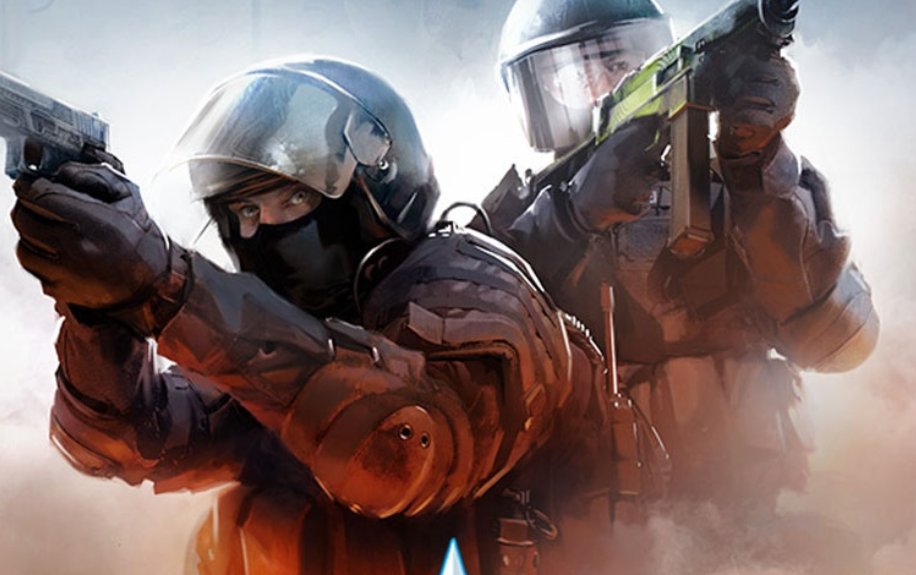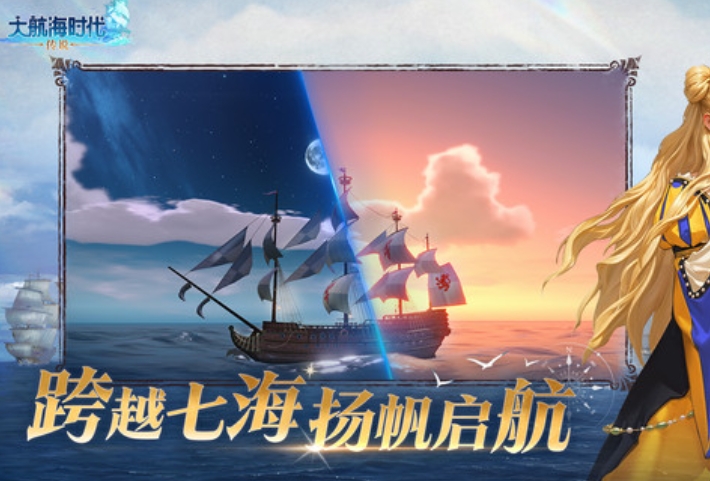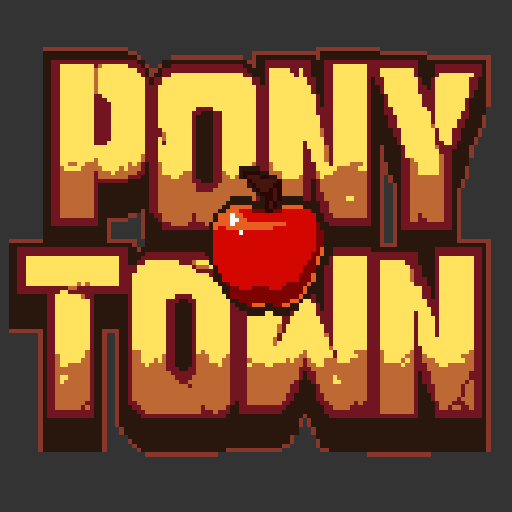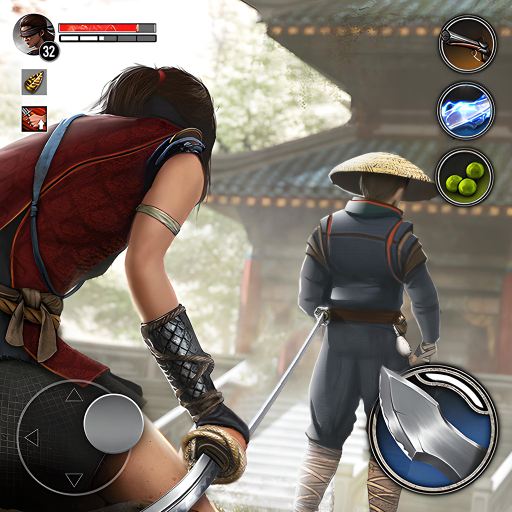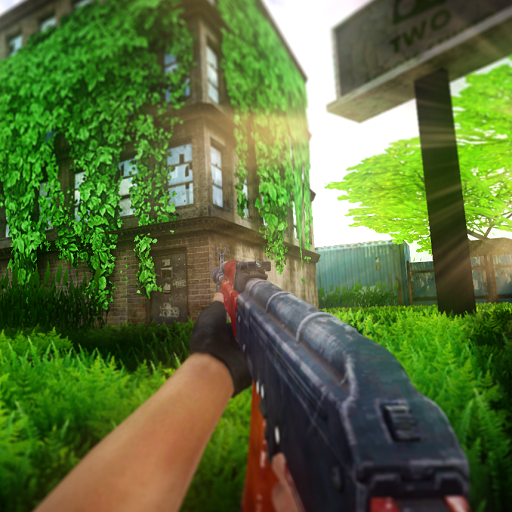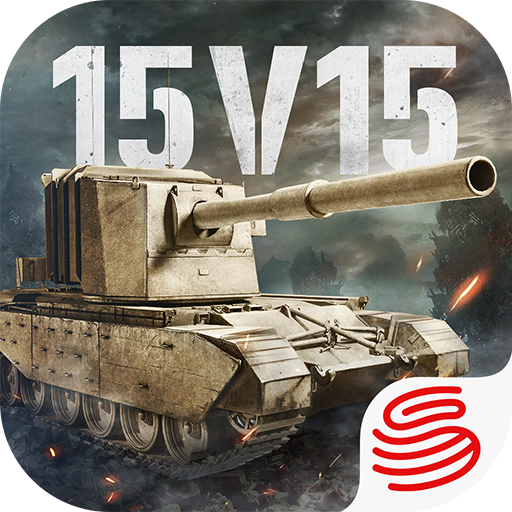The Civilization series has finally strengthened and细分了中国古代王朝 in this installment, featuring Confucius as a leader and the choice of Classical, Ming, and Qing eras. This article will introduce how the experience of playing as the Ming Dynasty in Civilization 7 is. When it comes to the Great Ming, people often praise its unparalleled prosperity. First, its logo features a phoenix, a design that is quite fitting, as phoenix motifs developed rapidly during the Ming and Qing dynasties. Additionally, the Ming Dynasty is associated with the element of fire, and the phoenix, as a symbol of fire, indeed appears both beautiful and meaningful.
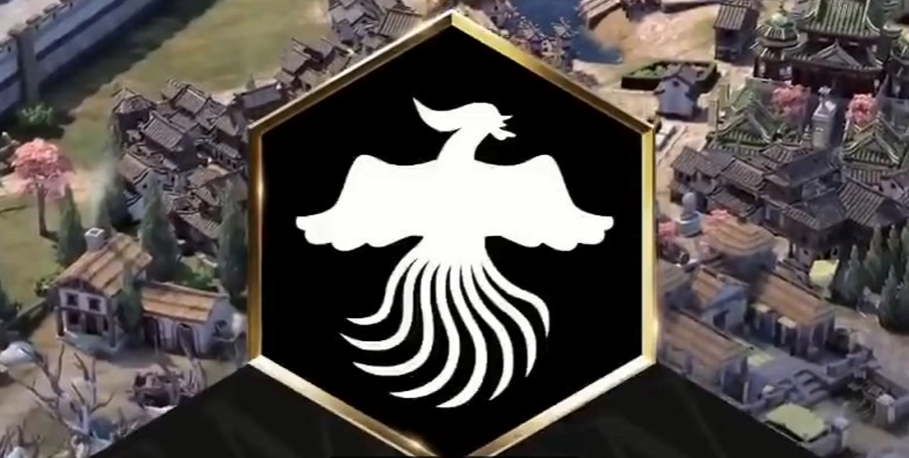
【biubiu加速器】Latest Version Download
》》》》》#biubiu加速器#《《《《《
The Ming Dynasty in the game focuses on economic and technological unique abilities. The capital, possessing the Yongle Encyclopedia, can significantly boost science points, but this benefit is not without cost—it occupies a policy slot, leading to a reduction in science points per turn if there are no corresponding policies to support it. The exclusive civic "Nine Border Forts" and the unique institution "Li Jia" provide players with rich strategic choices.
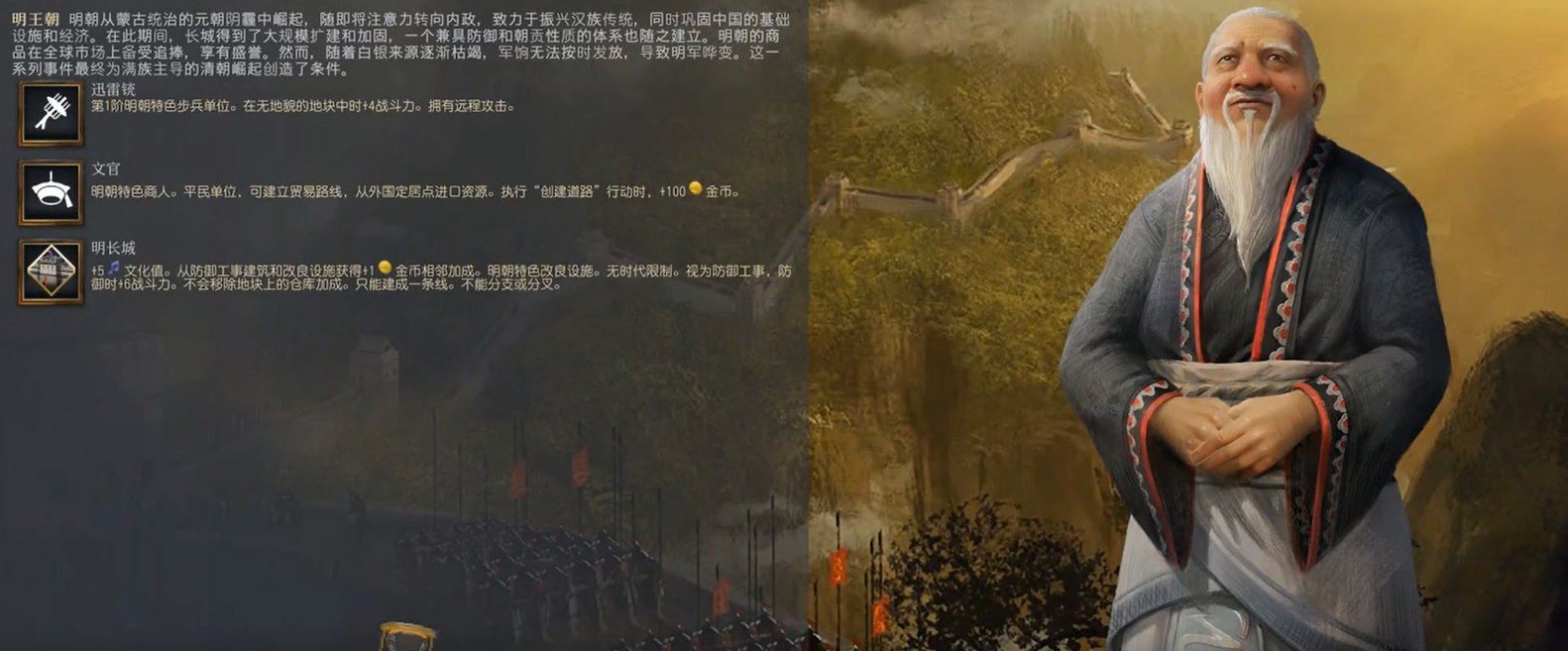
The first-level effect of "Nine Border Forts" includes unlocking the Great Wall improvement and the Shenji Camp, increasing the science points of settlements with garrisoned units. The second-level effect further increases the gold yield of Great Wall facilities in cities with banks and boosts the combat strength of ranged units adjacent to the unique infantry unit, the Xunlei Gun. The first-level effect of the "Li Jia" system reduces the cost of purchasing buildings in cities and unlocks the Baojia system, which increases science points if there are no specific resource allocations, with a more significant bonus outside the capital. The second-level effect involves raising the resource limit in the capital and the deeper implementation of the Great Ming Code.
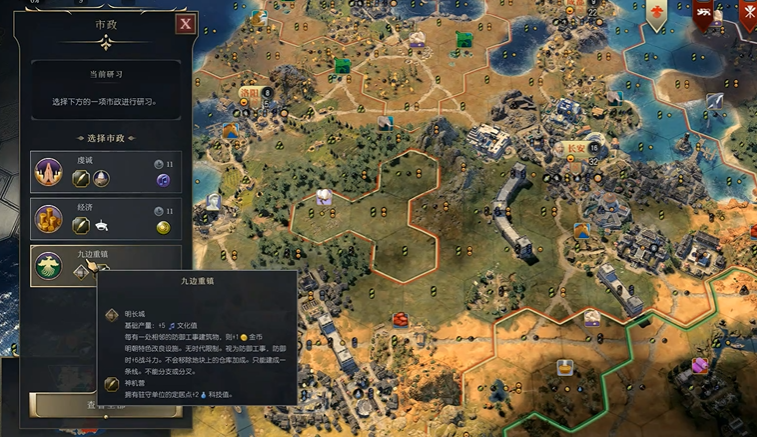
【Civil Servant】As the unique civilian unit of the Ming Dynasty, it can unlock science points when creating roads, and under the tradition of the Grand Secretary, the gold yield from building technology also increases, along with the gold income from scientific buildings. As settlement limits increase, players can unlock the wonder of the Forbidden City and the era-unrestricted Ming Great Wall defenses. 【Ming Great Wall】also gains additional gold when adjacent to other defensive structures and can only be built in a straight line to enhance defensive effectiveness.
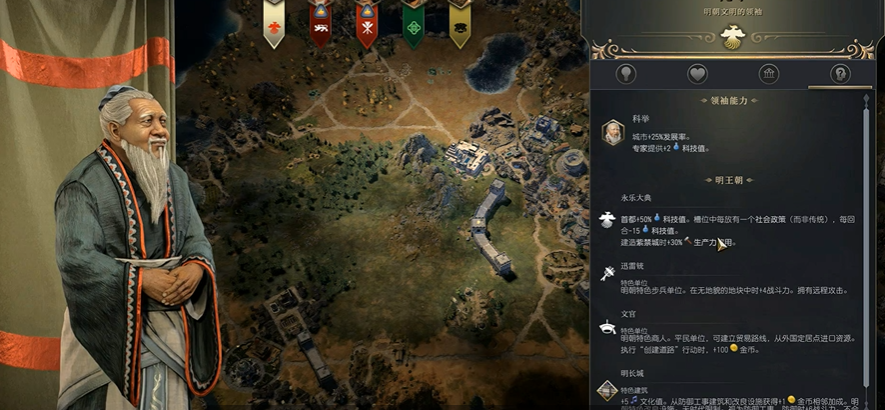
In terms of military, the 【Xunlei Gun】as a unique military unit excels in combat on terrain without features and has ranged capabilities, and when associated with the wonder of the Forbidden City, it can also increase culture points. The culture points of all defensive structures and buildings are also increased. At the start of the game, tiles tend to favor coastal and silk resources, providing a good foundation for the Ming's armed farming strategy.
Players can obtain a large amount of money and research points by studying the Great Ming Code and using civil servants to create roads, while reducing the cost of building purchases. Subsequently, use the acquired funds to buy banks and scientific buildings, further increasing the output of science and money. As territory expands and more resources are allocated, researching the "Nine Chapters," building the Ming Great Wall, and garrisoning the Xunlei Gun (or similar advanced military units) will make defenses stronger and yield more research and gold. Finally, after completing the study of the Great Ming Code, increase the number of settlements and build the Forbidden City, adding culture points to all Great Wall tiles, achieving a dual leap in science and economy while maintaining strong defensive capabilities.
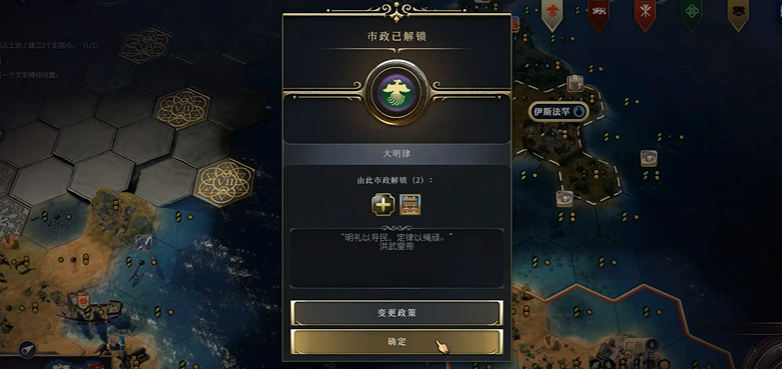
In the current experience, achieving science, culture, and economic victories in the Classical Era is possible with proper management. Clearing out one or two neighboring civilizations (especially Rome) can lead to a military victory, though it is not usually a priority.
In the Exploration Era, accumulating culture points to quickly build temples and directly purchasing related buildings is key. At the same time, seizing city-states and obtaining the +2 relic belief basically locks in a cultural victory. As for a scientific victory, it depends on the specific civilization; if you have powerful buildings like unique districts or trading posts, sometimes you don't even need to hire specialists. The choice between economy and military relies more on personal preference. In terms of religion, choosing to strengthen the creation of automatic faith and building six island cities on an uninhabited island, these two tasks can be completed simultaneously.
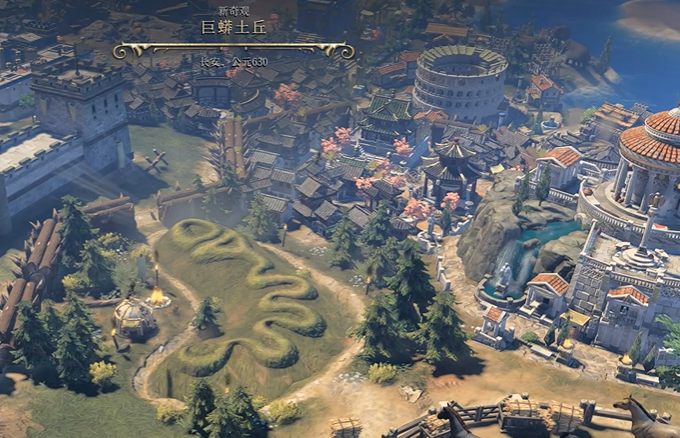
In the Exploration Era, sometimes progress is too fast to achieve military and economic victories. In such cases, consider delaying progress by controlling the number of relics (for example, placing only 11) or the last technology slot. This method can effectively control the pace of the game. Additionally, the construction of the sixth city can be temporarily put on hold, waiting for the treasure progress to advance. Typically, the accumulation of treasure points is the slowest part.
Of course, the game's progress won't be completed in a day, so you often need to play for several days in a row. A good network can help us easily load saved progress to the Steam cloud. If data loss occurs due to packet loss, many people would go crazy. Now, you can use the biubiu accelerator to avoid this problem. New accounts can activate a 3-hour trial directly, and there is also a 【biubiu no disconnection】that can be redeemed for 72 hours, totaling up to 75 hours.
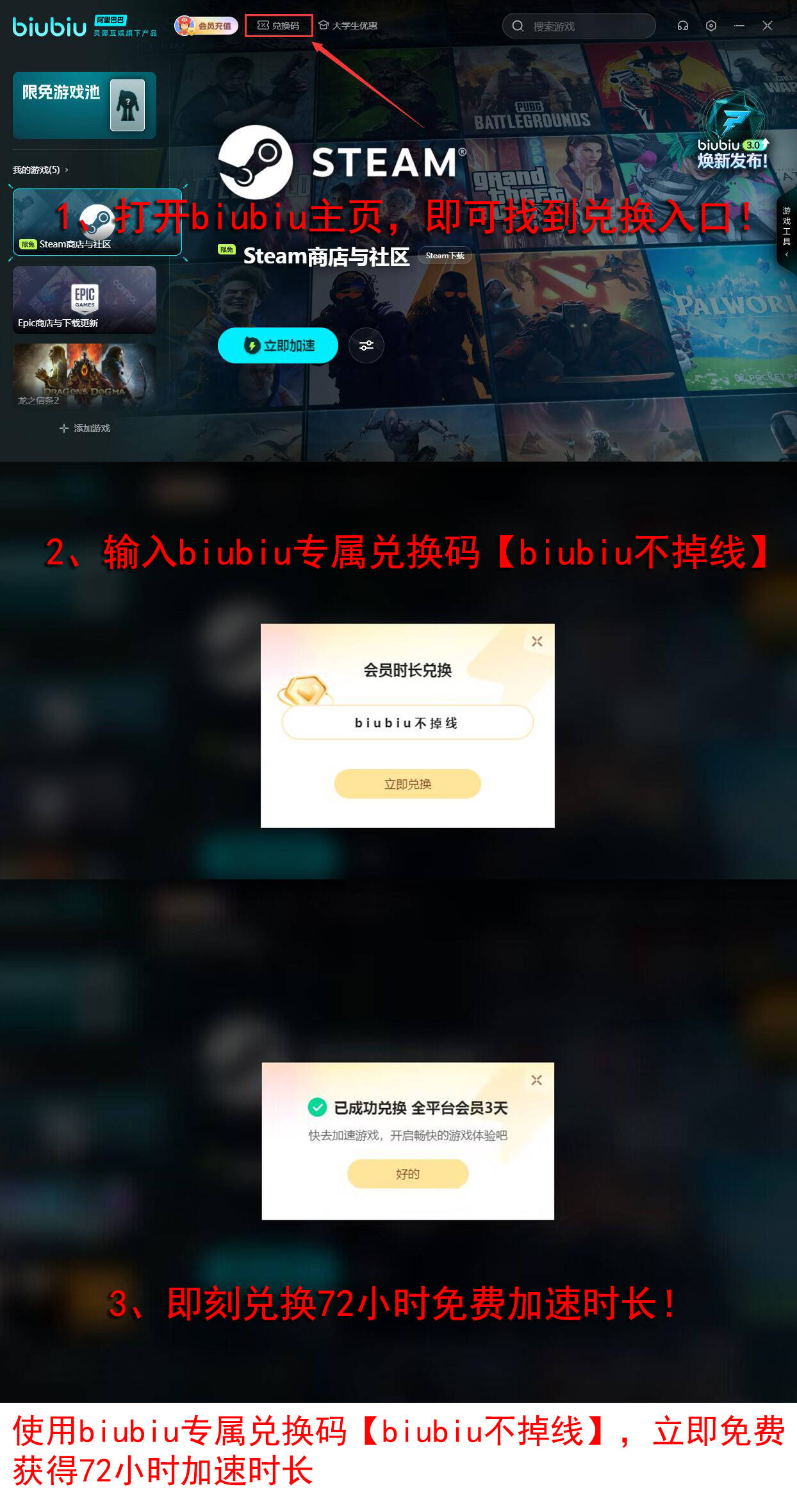
After obtaining four golds in the Exploration Era, entering the Modern Era basically allows you to dominate and pursue various victories at will. Among them, science and cultural victories are the fastest paths. For a cultural victory, simply send out explorers early to mine and complete relevant projects in a high-yield capital. For a scientific civilization, you can sprint the tech tree without hesitation, reserving some funds to buy launchpads and complete projects in three core cities, thus ending the game.
If you want to pursue a full victory, you can move the Grand General near AI civilizations in advance and start stockpiling tanks. After the AI ideology is unlocked, quickly capture several border cities of one or two civilizations, noting to leave one district unattacked in the last city. This way, you can achieve a full victory together with science and cultural victories by waiting for factory points in the final turn.
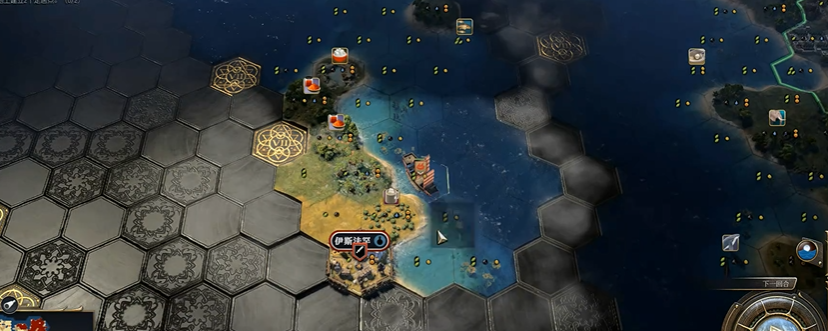
The interpretation of the Ming Dynasty's policy leader in Civilization 7 is now complete. Overall, each era has its unique fun and challenges. Compared to the sixth generation, the game time after the Classical Era no longer feels tedious. However, there are still many operational mechanisms, UI interface, and translation issues, but compared to the initial version of the sixth generation, there has been significant progress.
